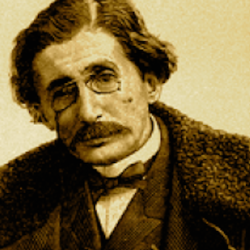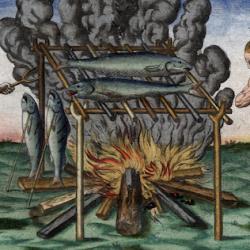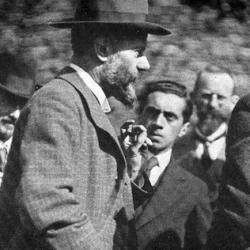Anthony Carroll summarizes his Protestant Modernity in a 2009 article in the Archives of European Sociology. Recognizing that Weber’s theory of secularization “has greatly influenced later social theorists in their accounts of secularisation, rationalisation, and modernisation,” he wanted to set Weber’s theory “within its liberal Protestant heritage.” This is partly a matter of showing that Weber depended on German Protestant biblical and theological scholarship, building, for example, on Wellhausen in his account of ancient Israel and by Rudolf Sohm on early Christian eschatology. But Carroll’s point is more fundamental: He argues that the framework of Weber’s theory of secularization depends on liberal Protestant assumptions. Liberal Protestantism delimits “the sociological possibilities to one particular Protestant vision of modernity.” Other critics have noted the theological sources of sociology. Carroll is more specific, arguing for the “confessional” sources of secularization theory.
In Weber’s view, the “disenchantment of the world (Entzauberung der Welt) is the gradual elimination of magic from the world. This process, which begins in ancient Judaism Protestantism of rational action. Here Weber makes little distinction between ancient Egyptian, Babylonian, and modern Catholic ‘magical practices’ as all are considered to be enchanted forms of action.” This de-mythologization of the world produces a particular understanding of human action: “This anti-sacramental understanding of existence, typical of nineteenth century liberal Protestantism, represents a secularised theory of action.” Worldly action is rationalized, working in terms of cause-and-effect; religious action is set aside as irrational, the “other” to “the purpose rationality of the world.” As it becomes irrational, religion likewise becomes private, leaving the field of public action and life to “impersonal rules” of rational calculation.
But this entire set-up, Carroll argues, depends on the exclusion of “sacramental action as a rational possibility.” And this in turn depends on a liberal Protestant framework. Excluding sacramental action “is a reasonable hermeneutic emerging out of the liberal Protestant framework from which Weber drew his theological sources and results in him being unable to thematise the possibility of a Catholic theory of rational sacramental action.” Human action loses its soteriological significance: Sacramental action is detached from salvation because God is thought to act directly on each human soul, and the purpose of virtue is separated from salvation because works have no place in the Protestant conception of Christian faith. Thus Weber sees the emergence of “an exclusively secular theory of action,” but he sees this only because he has assumed liberal Protestant notions.
Action and contemplation are Mary and Martha, each having its own distinct end: Action aims at this-worldly ethics, contemplation at union with God. Weber assumes a framework of ora aut labora, thus excluding the possibility of ora in labora, the Counter-Reformation paradigm especially developed by Ignatius and the Jesuit order. The only sociologically significant life is the active Protestant life, and so modernity gets framed in Protestant terms. In fact, it is narrower than that: Weber doesn’t even leave room for a Lutheran origin of modernity. The Calvinist understanding of action becomes the one sociologically important stream of Western Christianity, the maker of the modern world.
Carroll mounts a powerful argument that dovetails nicely with Milbank’s argument about the liberal Protestant metanarrative as a key framework for sociology. Yet there are confusions and missteps in Carroll’s piece. It’s not clear how his description of Weber’s take on Calvinism (God becomes the Deus absconditus, beyond our knowledge, and thereby freeing human action) fits with the cultural Protestantism that Weber drew from. For Barth, it was precisely the elimination of the gap between history and revelation, between God and human achievement, that constituted the great heresy of liberalism.
Further, Carroll’s summaries of Protestantism are distorted. He explains that sola gratia means that “salvation only comes through the free action of God, grace, and cannot be mediated to the individual by the Church. God deals directly with each person and is not bound by the need for His grace to be mediated through the institution of the church.” This would be news indeed to Luther and Calvin and to many of their followers. And Carroll is not describing Weber’s own liberal Protestant biases here, but “the foundational principles of Protestantism.” Weber (or Carroll or both) is wrong to claim that good works are eliminated from Protestantism, and that Protestantism has no resources to develop an ora in labora model of “contemplative action.” To say, as Carroll does, that this is a Catholic model that opens the possibility of a distinctively Catholic modernity is to indulge a variation of the Weberian duality that Carroll’s article intends to expose.
(Carroll, “The Importance of Protestantism in Max Weber’s Theory of Secularisation,” Archives of European Sociology 50:5 [2009] 61–95.)











